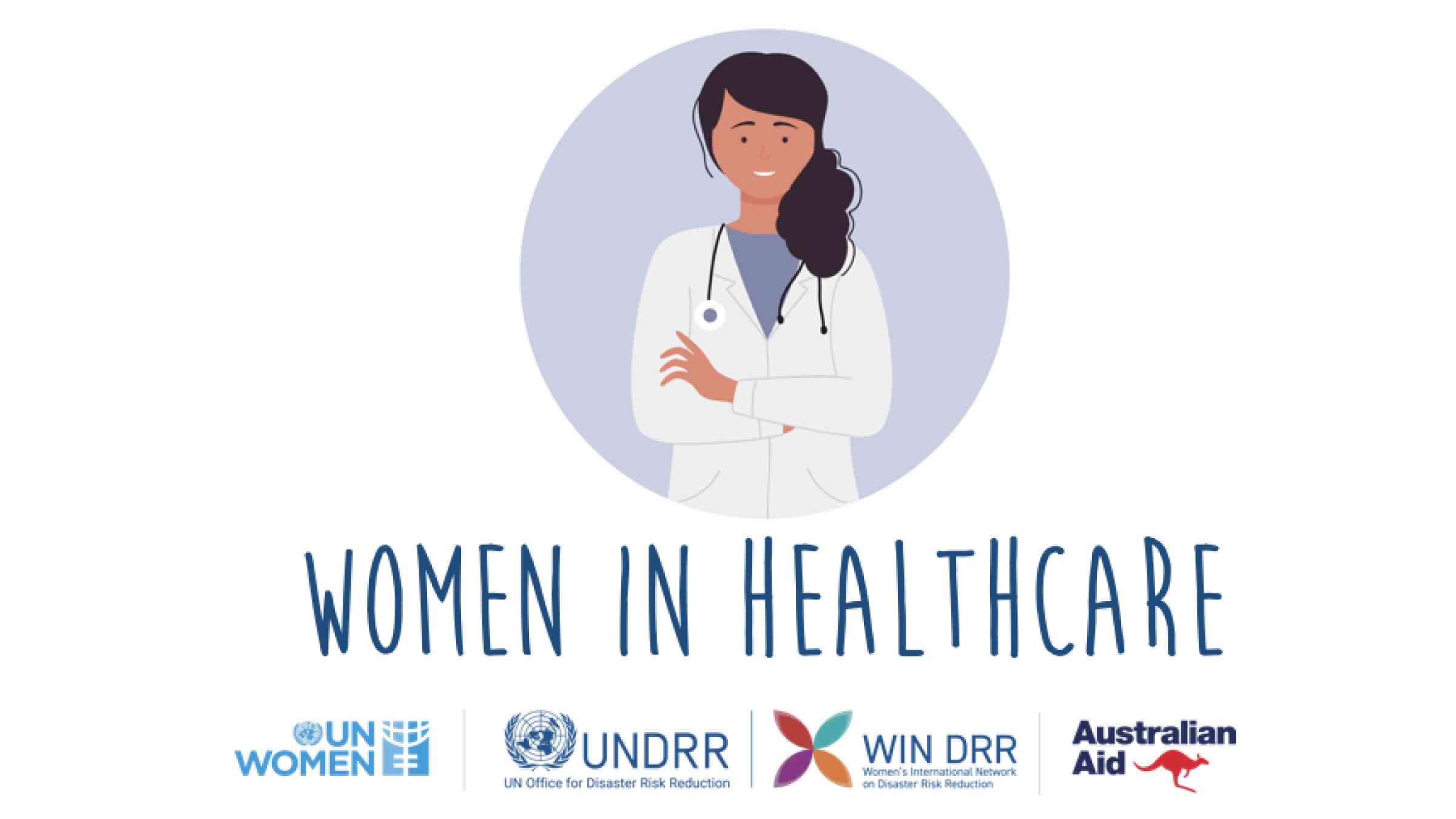Leading Healthcare RCM Methods for Better Financial Efficiency
Leading Healthcare RCM Methods for Better Financial Efficiency
Blog Article
A Comprehensive Overview on Exactly How Healthcare RCM Works to Streamline Payment and Collections
Browsing the intricacies of medical care revenue cycle administration (RCM) is crucial for carriers aiming to improve their invoicing and collections processes. The overview unloads the intricacies of RCM, from client registration to accounts receivable management, offering insights into enhancing each step.
Recognizing Revenue Cycle Administration
RCM is a vital management function that encompasses the entire monetary procedure of patient treatment, from the preliminary visit establishing to the final repayment of the balance. It is a complex treatment developed to determine, gather, and take care of the profits from the services offered to patients.
The RCM procedure begins when a person timetables a visit and extends with the person's care trip, including billing and collections. A crucial objective is to decrease the time between supplying a service and receiving settlement, therefore enhancing the organization's monetary health. RCM entails various features such as person enrollment, insurance policy confirmation, fee capture, coding, declares submission, repayment uploading, and handling allures and denials.
Trick Parts of RCM
In the realm of Revenue Cycle Management (RCM), understanding its crucial parts is essential to attaining economic efficiency within healthcare companies. RCM is a detailed process that incorporates numerous stages, each vital to making sure effective payment and collections. The key elements consist of patient enrollment, insurance policy verification, fee capture, coding, claim submission, payment posting, and balance due monitoring.


When coded, cases are submitted to payers, where precision is critical to prevent rejections or delays - Healthcare RCM. Payment posting involves recording the obtained settlements, which permits the settlement of accounts. Lastly, balance dues administration concentrates on monitoring and resolving unsettled insurance claims, ensuring timely follow-up and resolution
Each component of RCM is adjoined, and inadequacies in any kind of part can interrupt the entire cycle. For that reason, mastering these elements is essential for doctor to enhance revenue and improve their economic health and wellness.
Methods for Efficient Payment

Systematizing billing procedures throughout the organization is one more vital method. Developing clear standards for paperwork, coding, and submission assists maintain consistency and conformity with regulative demands. Training team on a regular basis on these treatments guarantees every person is up-to-date with the most recent modifications in payment codes and payer policies.
Exact fee capture is vital in stopping income leakage. Applying normal audits and surveillance systems enables for the identification and improvement of inconsistencies before they influence earnings. Furthermore, preserving open lines of communication with payers assists to swiftly solve any type of conflicts or misconceptions that may arise.

Lastly, engaging clients early in the billing procedure by providing clear estimates and academic products regarding their economic responsibilities can significantly decrease complication and enhance repayment timeliness. These techniques jointly add to a more effective and financially healthy and balanced invoicing system.
Enhancing Collections Procedures
Provided the intricacies of medical billing and the selection of payer demands, improving the collections process entails applying strategic actions that make certain exact and timely payment of solutions provided. Automation devices can help in tracking insurance claim conditions, sending out timely suggestions to clients, and managing rejections extra effectively.
Training staff to understand the nuances of insurance coverage and payment codes is just as vital. This knowledge empowers them to address billing discrepancies quickly and connect effectively with patients regarding their financial obligations. Furthermore, clear and clear person communications are critical. Supplying comprehensive descriptions of fees and offering adaptable settlement strategies can enhance client complete satisfaction and timely payments.
Regular audits of the collections procedure need to be performed to determine locations for enhancement and make sure compliance with regulations. By evaluating data, health care companies can identify fads, prepare for possible problems, and adjust methods appropriately (Healthcare RCM). Ultimately, blog here a well-enhanced collections process not just supports monetary health and wellness yet likewise contributes to an extra seamless experience for clients and staff alike
Optimizing Earnings Streams
Building upon the foundation of a solid collections procedure, healthcare organizations can better reinforce their economic stability by purposefully enhancing revenue streams. This includes a multi-faceted method, starting with a thorough analysis of existing profits resources to recognize ineffectiveness and locations for development. Using advanced data analytics devices makes it possible for organizations to obtain insights into payer mix, person demographics, and service utilization patterns, enabling data-driven choices that boost income capture.
Applying automated billing systems can considerably lower errors and speed up claims refining, making certain that income is accumulated a lot more successfully. Furthermore, enhancing payer contracts via normal settlements can boost reimbursement prices and terms, directly affecting the lower line. Diversifying service offerings, such as incorporating telehealth or health care, can also bring in a more comprehensive patient base, therefore increasing income potential.
Another essential component is enhancing person engagement and contentment, as completely satisfied patients are a lot more most likely to stick to treatment strategies and make timely repayments. Using adaptable payment choices and clear payment practices can enhance collections and foster patient commitment. Healthcare RCM. By embracing these techniques, medical care companies can create an extra durable financial structure, making sure continual growth and security in an ever-changing market landscape
Final Thought
In Discover More Here verdict, healthcare Earnings Cycle Administration (RCM) plays a vital function in optimizing invoicing and collections processes by incorporating crucial components such as person enrollment, insurance verification, cost capture, coding, asserts entry, and receivable management. By utilizing sophisticated modern technology, standardizing treatments, and promoting individual interaction, health care carriers can dramatically lower insurance claim denials, increase payment cycles, and boost capital. This thorough approach to RCM eventually causes improved financial effectiveness and sustainability for medical care organizations.
The RCM process begins when a person schedules a visit and expands through the person's care journey, including invoicing and collections.An additional essential component is improving patient engagement and fulfillment, as completely satisfied people are more likely to adhere to treatment strategies and Check This Out make timely settlements. Supplying versatile repayment alternatives and transparent billing methods can improve collections and foster client commitment.In final thought, health care Revenue Cycle Administration (RCM) plays an important duty in enhancing billing and collections procedures by integrating vital parts such as person enrollment, insurance policy verification, charge capture, coding, asserts entry, and accounts receivable monitoring. By employing advanced innovation, systematizing treatments, and promoting person engagement, health care providers can substantially lower case rejections, accelerate settlement cycles, and boost money circulation.
Report this page